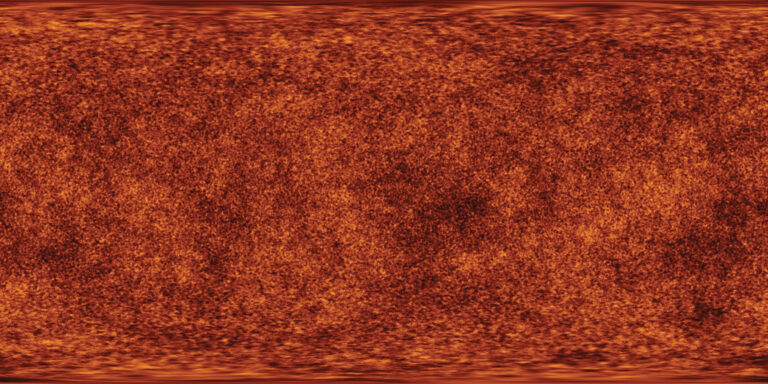excerpt 100 colors of the universe: Strange and mysterious colors created by science and nature By Tyler Thrasher and Terry Mudge. Sasquatch Books, September 24, 2024. Published with permission.
Take a good look at the first color. It’s not the first color in the book, of course, but it’s the first color in the universe. This bright, hot, pink-orange didn’t exist until about 380,000 years after the universe was born, when it finally cooled down to a comfortable 3000 Kelvin (2727 degrees Celsius, 4938 degrees Fahrenheit) and space tank-top weather. Prior to this time, the plasma structure of the newborn universe was too dense for light to penetrate. For the universe to produce anything we could define as color, it needed to be cold enough for atoms to form.
Currently, the average temperature of the universe is just under a chilly 3 Kelvin, down significantly from a primordial 3,000 Kelvin. This was estimated from the study of cosmic microwave background radiation, the blueprint of the universe left over from the Big Bang. The early universe was uniformly distributed at temperatures where wavelengths were attributed to blackbodies. A blackbody is an object or thing that exhibits color based solely on its temperature, not its material. If humans could observe this color permeating space-time in the early universe, it would have been like a warm orange campfire. That bright orange gradually darkened until the universe was about 100 million years old, when the first stars were born and the universe we know today emerged.
Further reading 100 colors of the universe: Strange and mysterious colors created by science and natureCheck out Animals Only See Black and White and 5 other color myths.


